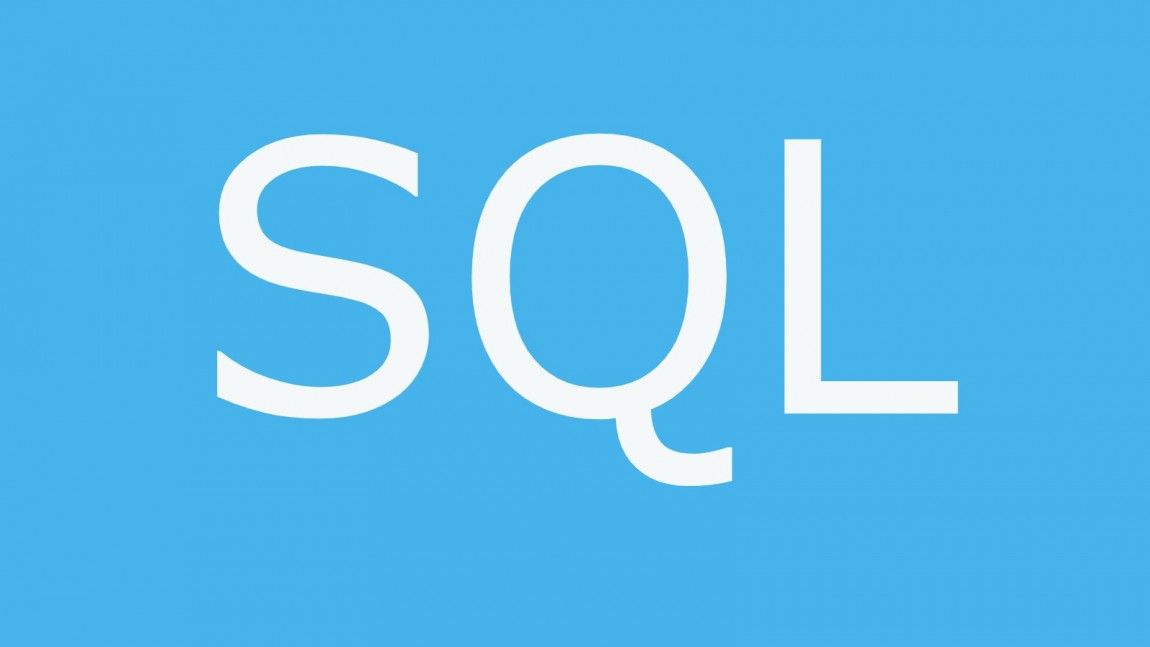JOIN THE COURSE
This SQL training course is designed for students new to writing SQL queries. SQL is used to query databases for data analysis, build applications, or generate business reports.
Learning Objectives
Upon successful completion of this course, students will be able to:
- Write simple query.
- Use various functions to perform calculations on data.
- Retrieve data from multiple tables.
- Export the results of a query.
- Use nested queries to generate query output.
- Manipulate table data by inserting and updating records in a table and deleting records from a table.
- Create views, manipulate data through views, modify the view structure, and drop views.
Topics:
- Relational Database Basics
- Relationships
- Datatypes
- Primary & Foreign Keys
- Introduction to SQL Statements
- Database Manipulation Language (DML)
- Database Definition Language (DDL)
- Database Control Language (DCL)
- Selecting All Columns and Rows
- Selecting Specific Columns or Rows
- Sorting By a Single Column and Multiple Columns
- Ascending and Descending Sorts
- The WHERE Clause and Operator Symbols
- Checking for a NULL value
- Using the WHERE clause to test for equality or inequality
- Using the WHERE clause to check for greater or less than
- Using WHERE and ORDER BY Together
- The WHERE Clause with Operators
- Using BETWEEN, IN, LIKE, and NOT Operator
- Checking Multiple Conditions using AND and OR
- Order of Evaluation
- SELECTs with Calculated Fields
- Concatenation values
- Using Aggregate Functions and Grouping
- Selecting Distinct Records
- Using Built-in Data Manipulation Functions
- Common Math Functions
- Common String Functions
- Common Date Functions
- Data Manipulation Functions
- Subqueries, Joins, and Unions
- Multi-table Joins
- Using Joins
- Using Outer, left, and right Joins
- Working with Unions
- Using INSERT, UPDATE, DELETE command
Assumption
The student is familiar with basic computer usage and is committed to working independently in their own time on a project assigned to them.
Modes of Learning
Live Online Interactive Training Sessions
Students will attend online classes conducted by a panel of our expert teachers and will have the opportunity to interact live with the instructor. Students will meet the instructor live online at a scheduled time once a week for 8 weeks. They have the option to signup for a group or private lesson.
Group Lesson: We maintain a 1:5 teacher to student ratio ensuring every student gets individual attention.
Private Lesson: For an additional fee, the student can signup for a one-on-one private online lesson.
We pride ourselves on paying attention to every detail and intellectual need of the students and ensuring that the student’s training needs are met and the knowledge about the subject is delivered efficiently. Students will be assigned an account to access the courseware and instructor (via email) for a period of 12 months so they can also continue to study on their own, work on assigned projects and prepare for the final assessment even after the live online course is over.
After successful submission of the project work and passing assessments, a “Certificate of Completion” will be awarded by NRCLC validating the skill set acquired during the course. It is mandatory to pass all the assessments with at least 70% to obtain a “Certification of Completion”.
Modules
The course consists of 8 modules. The workload of each module varies and consists of a combination of the following:
Lecture: The Lecture consists of notes that can be used by students as reference material. Each module consists of at least one online lecture note with examples applicable to real-life scenarios. To keep the students up-to-date with the latest information, the lecture notes may consist of hyperlinks to current resources, such as an article, a book or a website.
Hands-on Activity: The hands-on activities help students apply the concepts learned during the lecture. Each module consists of programming activities and exercises.
Quiz: The quiz allows the student to further validate their learning. Students get unlimited attempts to pass the quiz with a minimum score of 70%.
Mini-Project: Projects help students apply the concepts learned through the lecture and apply them to build an application. All the mini projects are to be submitted via email before the end of the course.
Module Completion: To complete each module, the student must follow the instructions listed in the lecture notes.
Final Exam: At the end of the course, the student can take the final exam. The student must score 70% or more to receive a certificate of completion.
Technical Requirements
A computer with Internet access.
Career Pathways
This course is suitable for students wanting to pursue a career in Business Analysis, Artificial Intelligence, Game Development, or Software Engineering. It will serve as a stepping stone for anyone wishing to take Advanced Python courses or work towards Microsoft Technology Associate (MTA) Certification.
JOIN THE COURSE




